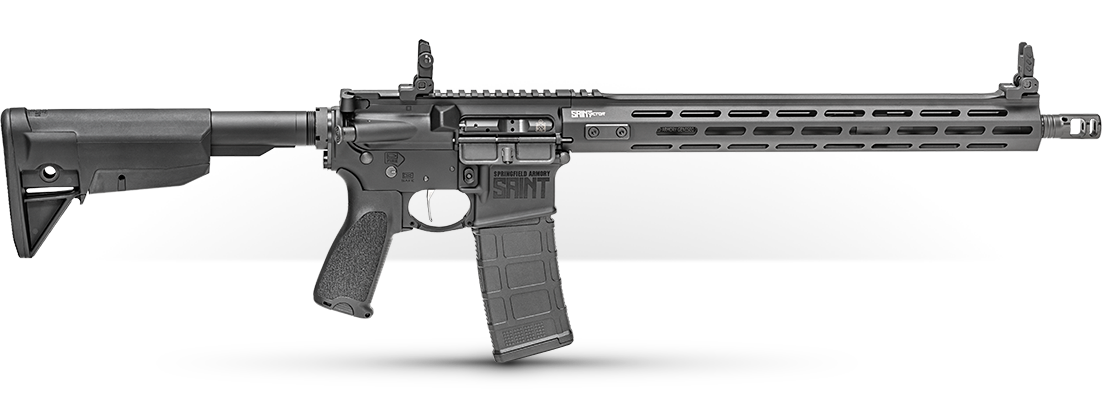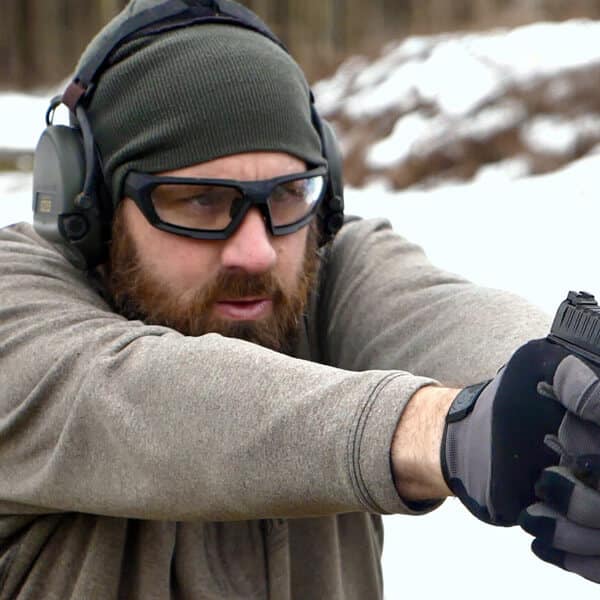If you’re going to run an AR-pattern rifle like the SAINT, you’re going to need some kind of a sighting system on top. All SAINT variants in the line — the SAINT, the SAINT Victor and the SAINT Edge — ship with “iron sights” (either flip-up rear or both flip-up front and rear) that could serve as your primary sighting system. Additionally, if you’re planning on mounting an optic, they can serve nicely as a back-up.
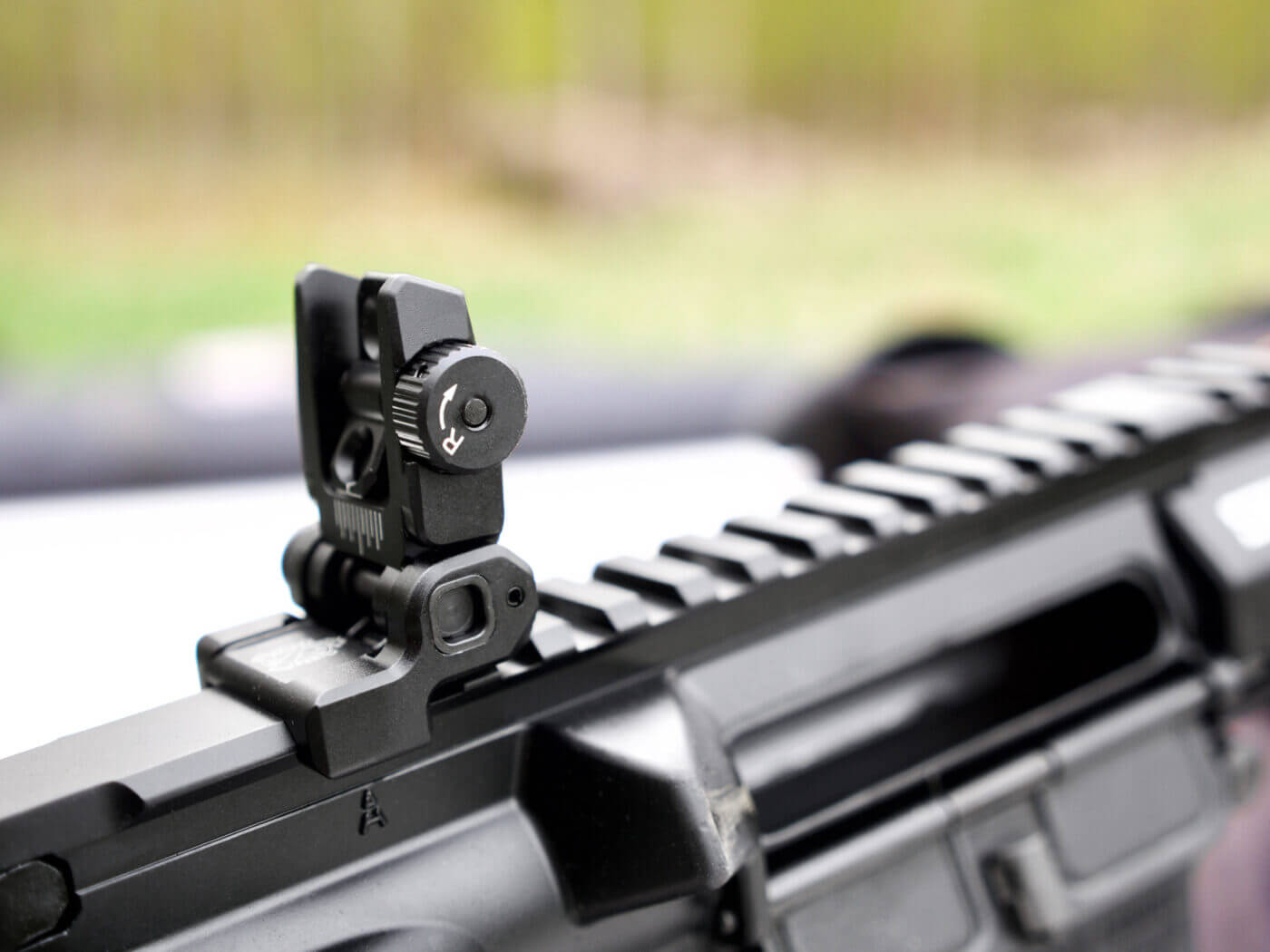
However you plan on using the included sights on your SAINT, they need to be adjusted to make sure that your rifle hits where you want it to. Unfortunately, sighting in your rifle can be a frustrating experience if you don’t know the tips and tricks to getting it done quickly and easily.
Over the years, I’ve developed a process that helps me get the job done without a lot of hassle. I most often use these tips when throwing an optic onto a rifle like a SAINT for testing, but they work for any type of sights and apply to any rifle!
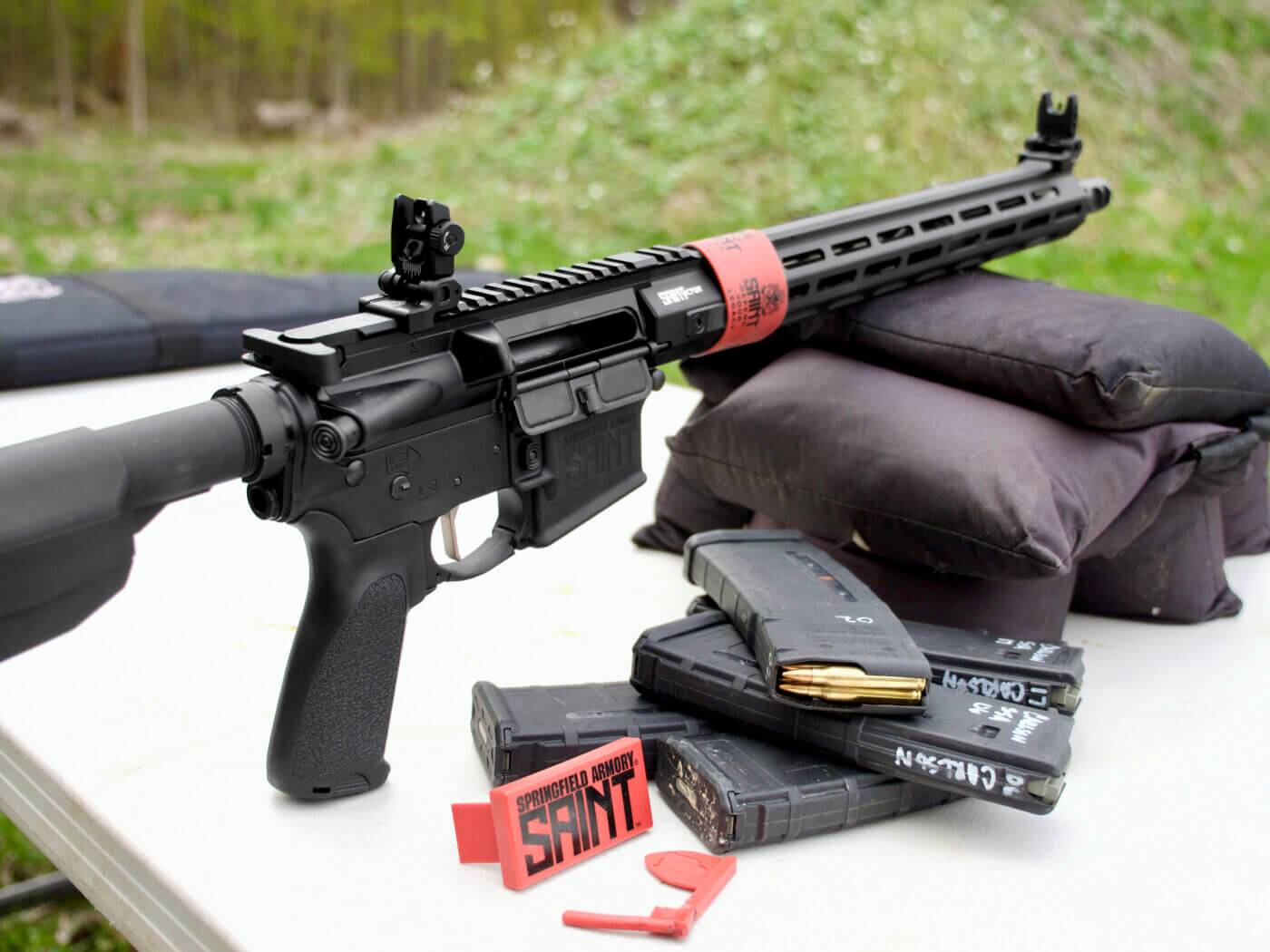
Let’s boil the process down to its most basic — start big, close and stable.
Start Big
I’ve been in situations where the targets on hand were the opposite of big. Most often, it’s been a sheet of paper with a dot from a marker. This is not the best-case scenario. I prefer a big, fresh target when I’m sighting in. It doesn’t have to be fancy. Just big. Seeing a theme here?
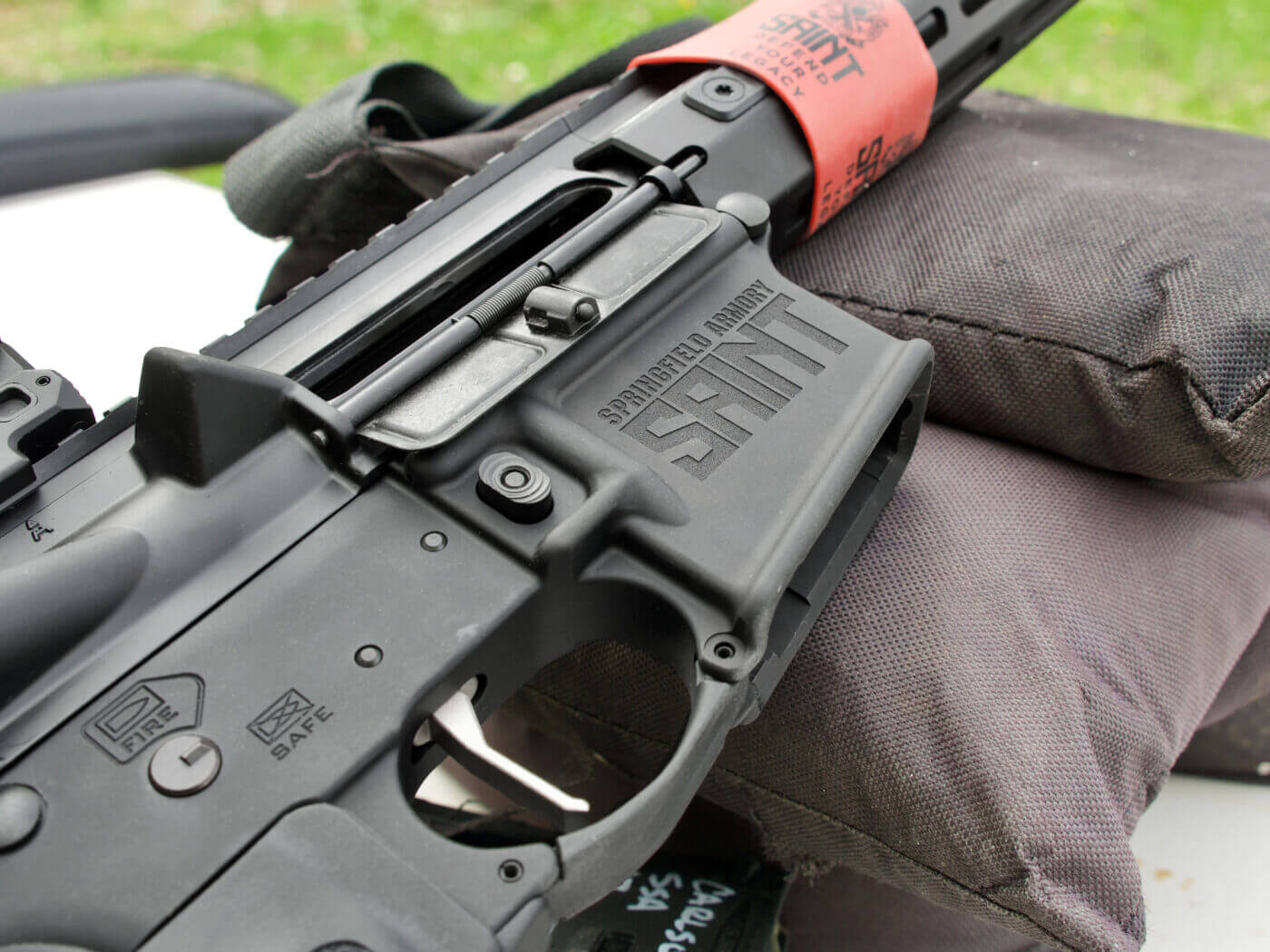
Why do I want this? The large surface area gives you plenty of room for your sights to be off, but still be on paper. There is nothing more frustrating than firing a group of five shots, walking downrange and having to guess where your rounds went because there isn’t a mark on the paper.
Your target could be something as simple as a section of cardboard from an appliance box, an old scrap of plywood that was lying in the garage, or a long piece of craft paper you poach from your kid’s art supplies. It could even be a bunch of sheets of regular paper taped together and hung from an old backer. You don’t need fancy, just effective.
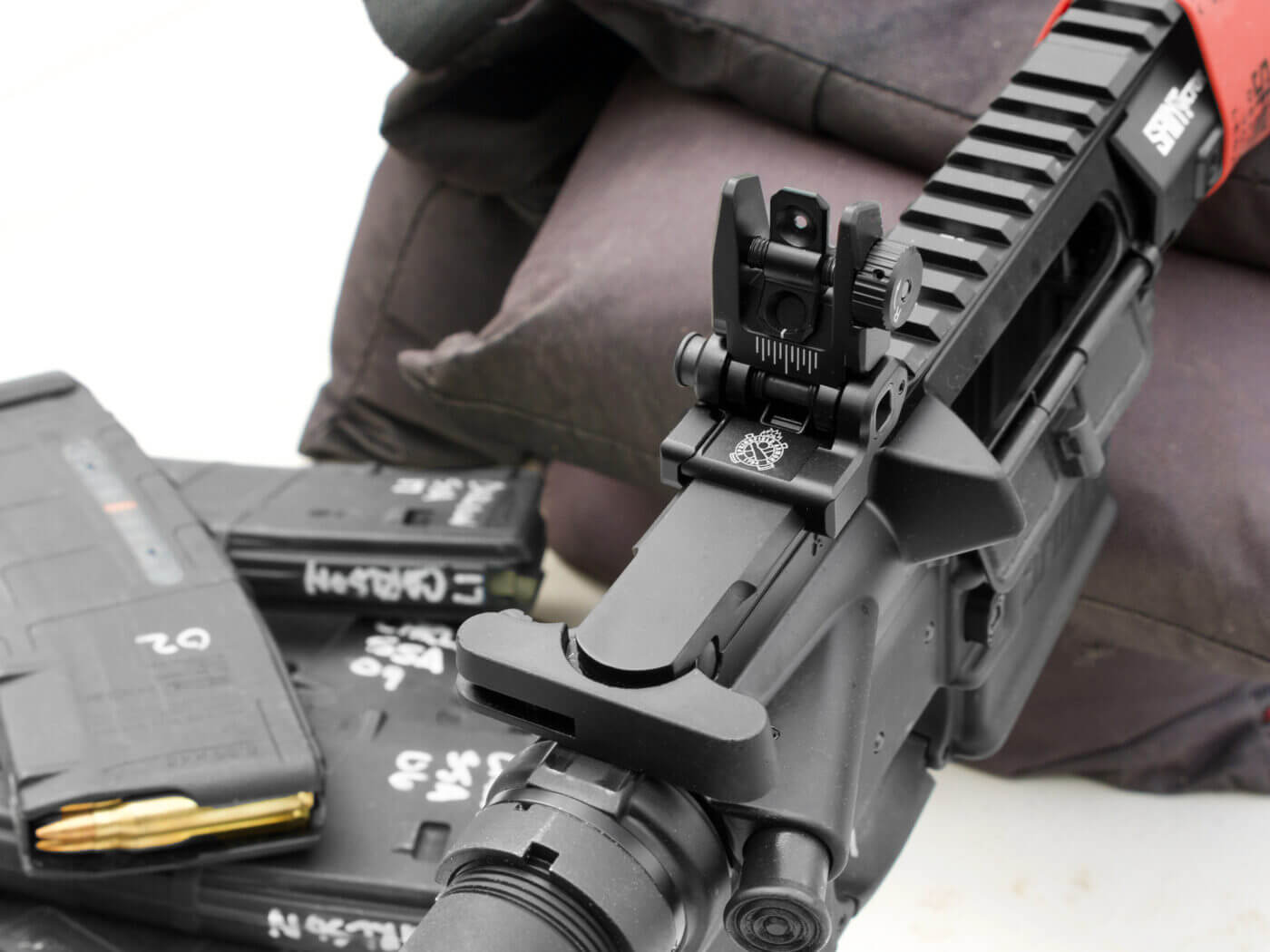
The key is to have plenty of room and a point of aim.
Start Close
This goes right along with starting big and for the very same reason. Identifiable hits on paper early helps to ensure quick success.
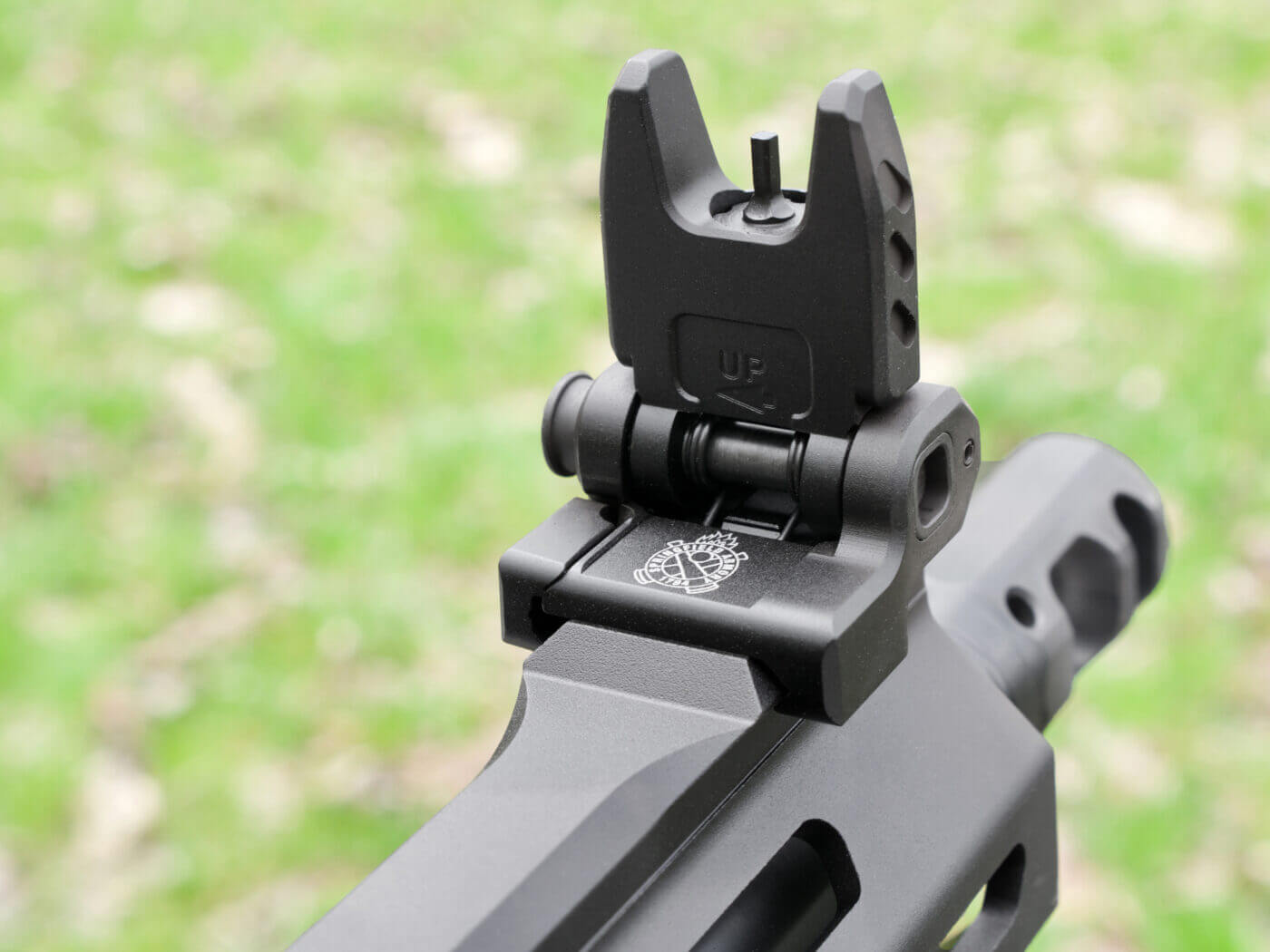
It doesn’t matter whether you are going to sight your SAINT AR in at 25, 36, 50 or 100 yards — start in close. If your sights are off, the farther away the target is and the greater the time your rounds have to deviate from your point of aim. Rounds that don’t hit your target leave you wondering how to adjust your sights.
Starting with a target that is close (and don’t forget, big) is helpful because you’ll be provided with feedback to allow you to make informed sight adjustments.
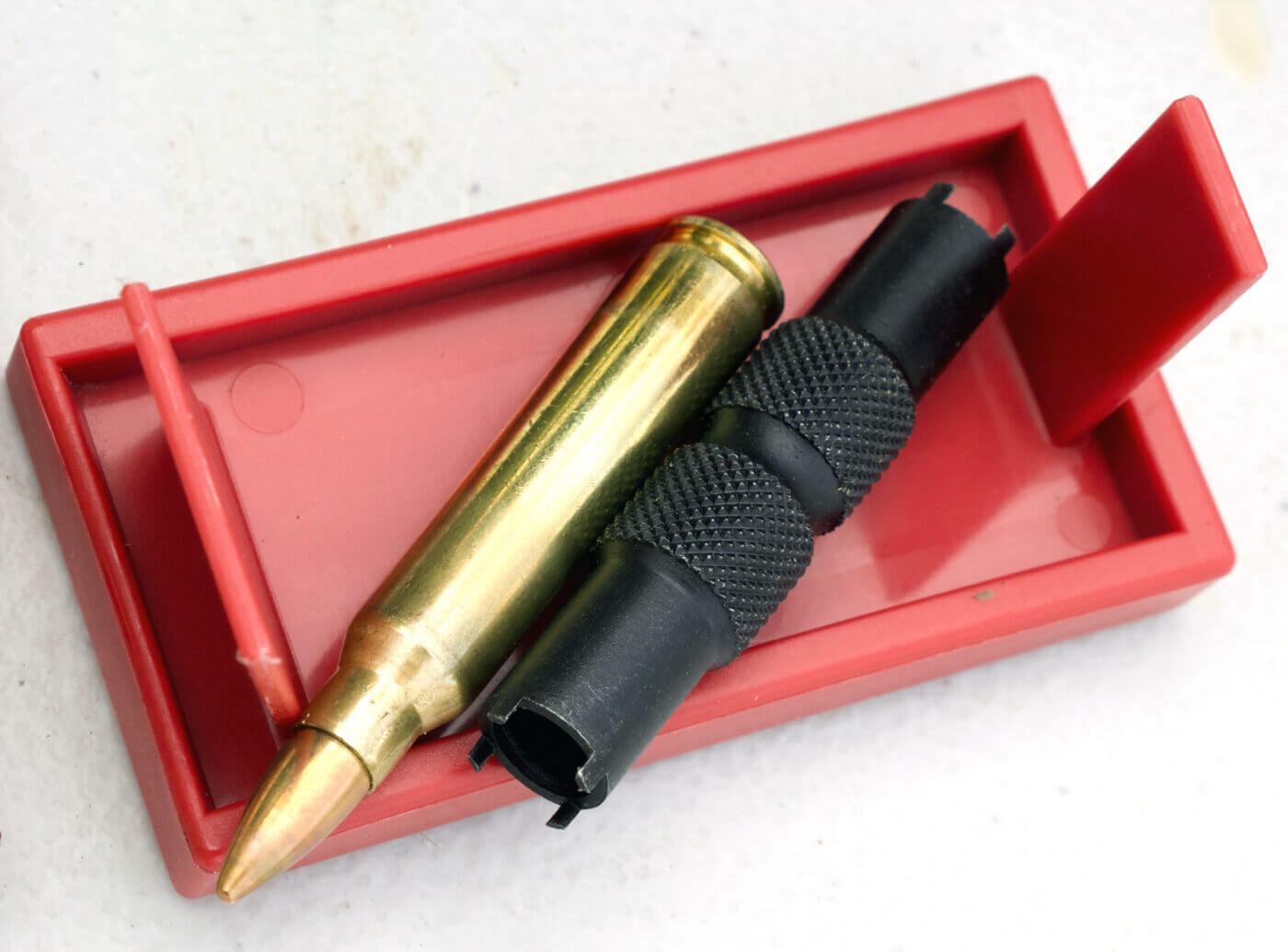
Start Stable
No one is a perfect shot. It seems that when I’m trying to sight in a rifle, my shooting degrades even more. But, it isn’t too hard to reduce the influence of my poor shooting. I simply make sure that I have a stable platform to shoot from. And the more stable, the better.
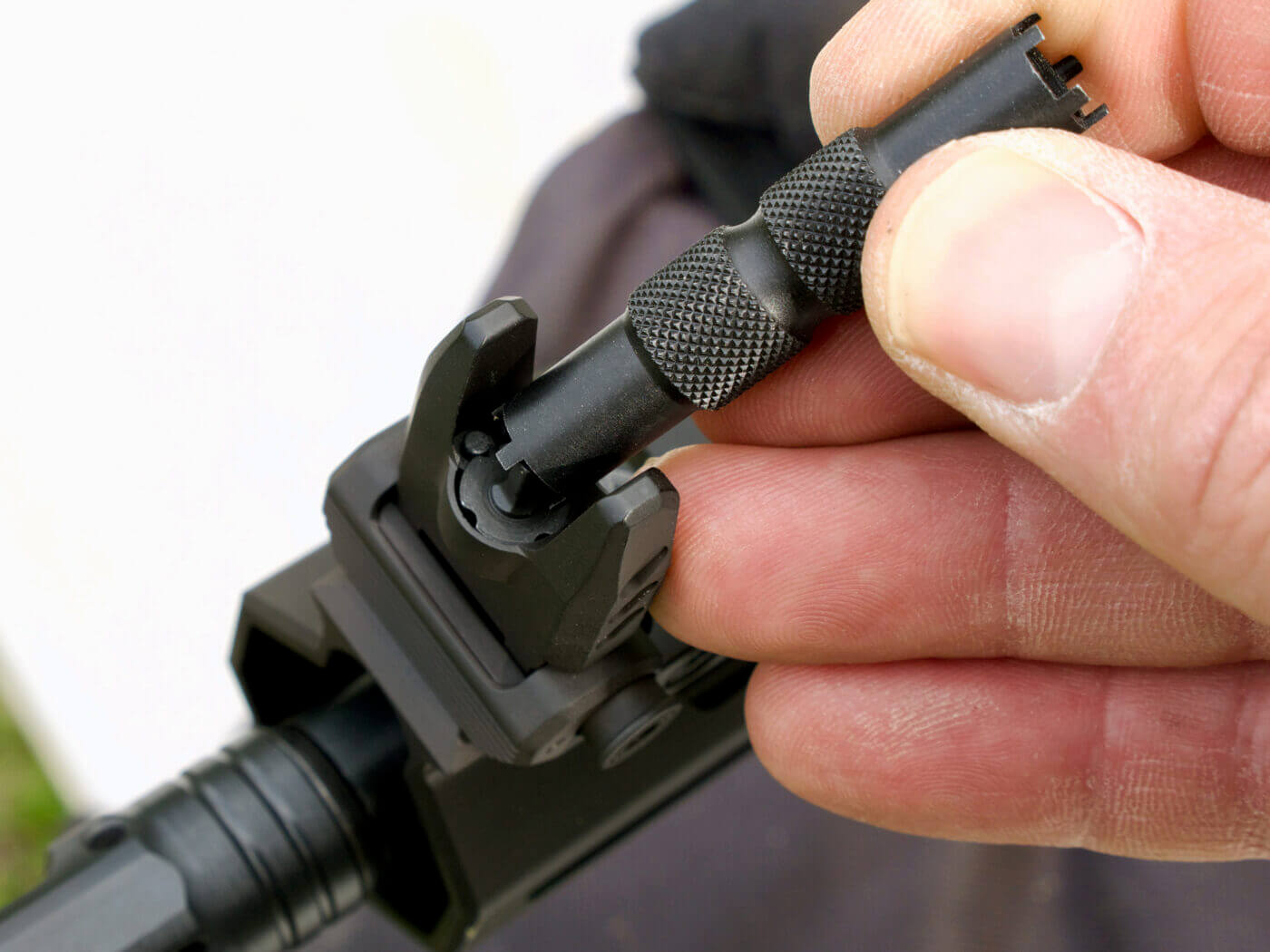
You might have access to a fancy shooting vice that locks your gun in place or maybe a dedicated shooting sandbag. I have a bunch of generic sandbags I use to stabilize my photo gear. They stabilize my rifle, too, making sure that the rounds go as close as possible to where the rifle is trying to send them.
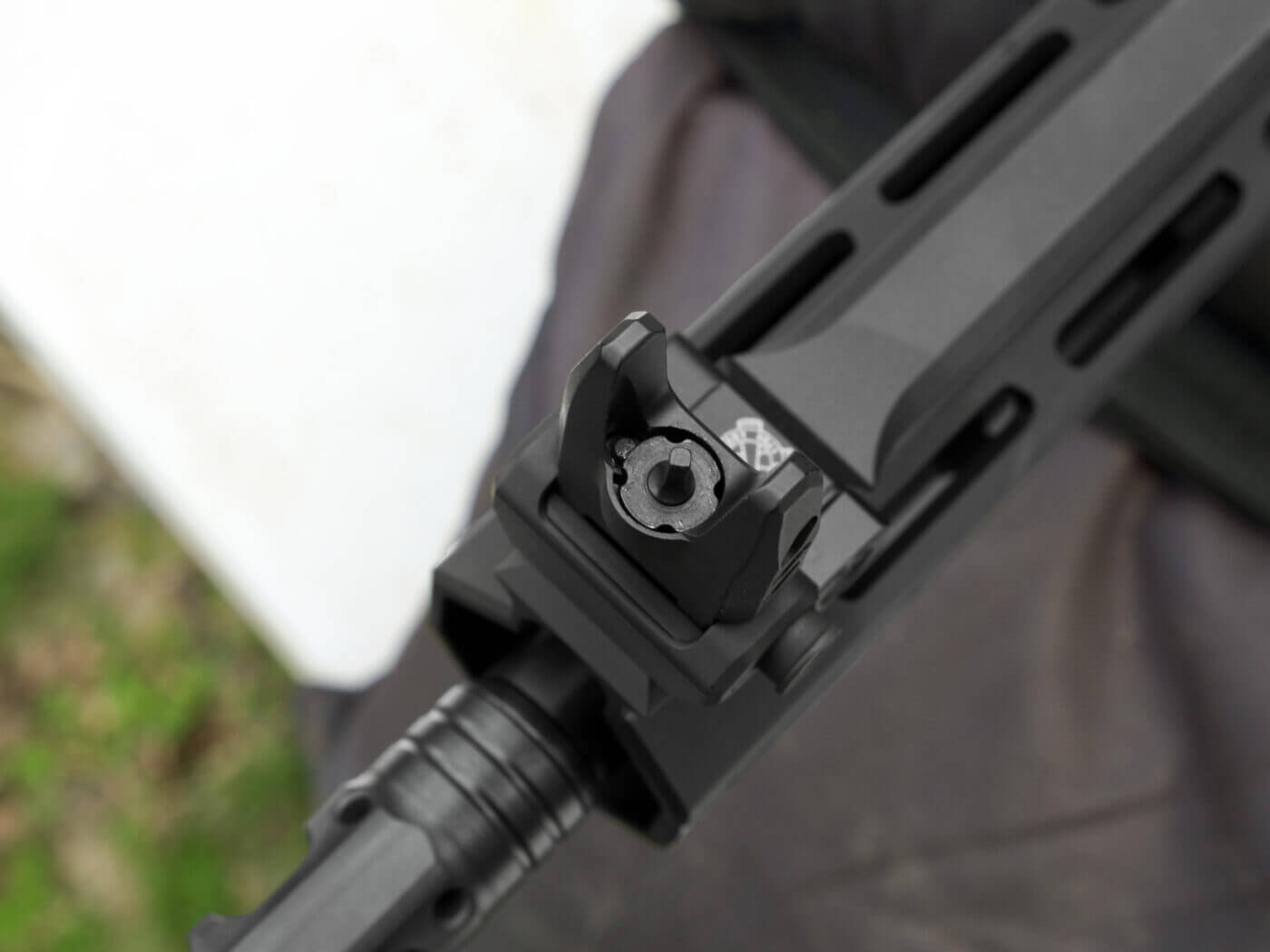
Make it Easy
Sighting in my SAINT Victor was easy. The characteristics of the rifle and the quality of the workmanship made it simple. My three tips helped out as well. The next time you are heading to the range to sight in a rifle remember these three tips to make it easy. Bring along a big target, set it up close to begin with, and build up a stable platform from which to shoot.
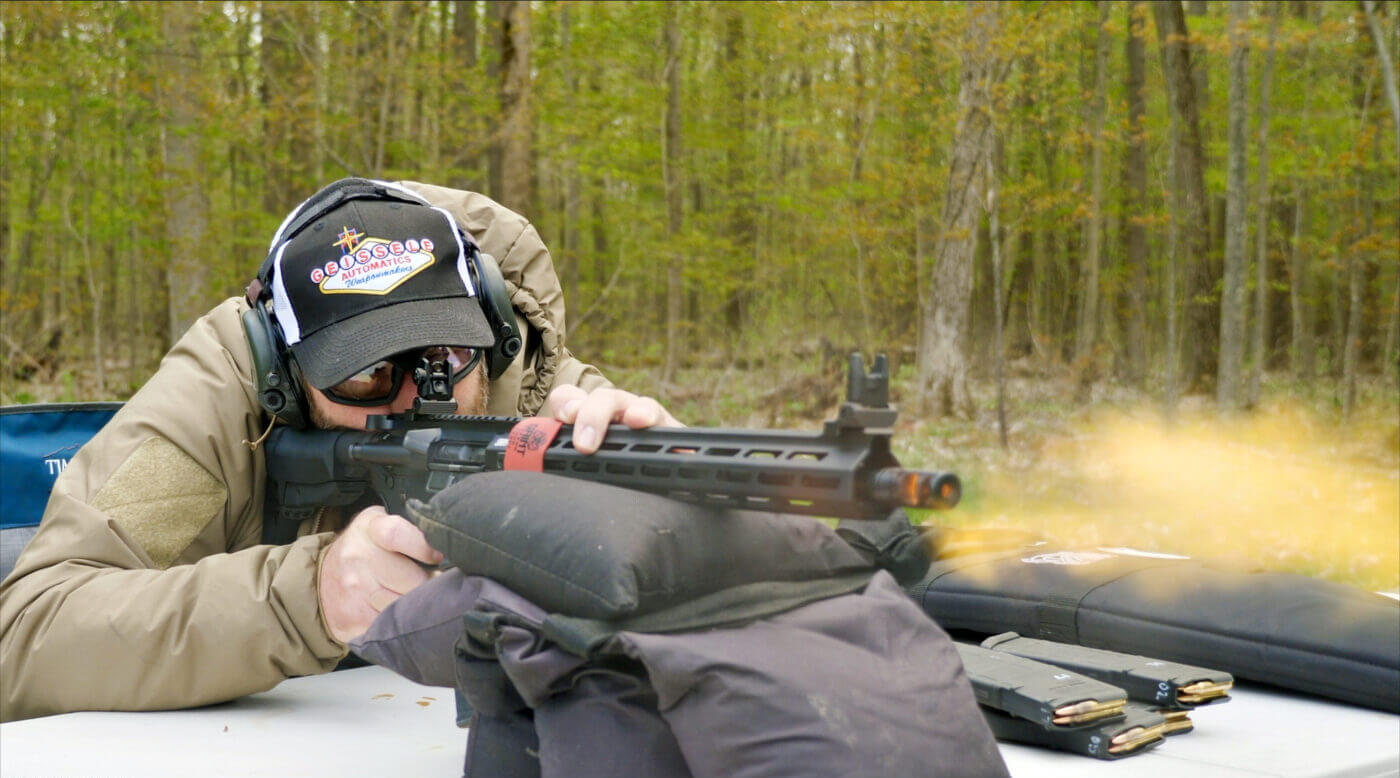
Trust me, you might not need all three of them to succeed every time you head out to the range, but you’ll avoid a ton of frustration in those situations where you do. Believe me, it’s worth it!
Editor’s Note: Please be sure to check out The Armory Life Forum, where you can comment about our daily articles, as well as just talk guns and gear. Click the “Go To Forum Thread” link below to jump in and discuss this article and much more!
Join the Discussion
Featured in this video
Continue Reading
Did you enjoy this video?

 129
129




